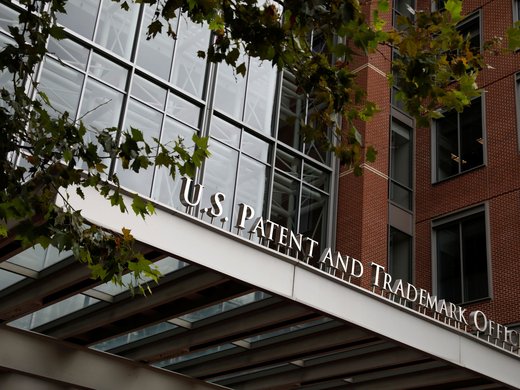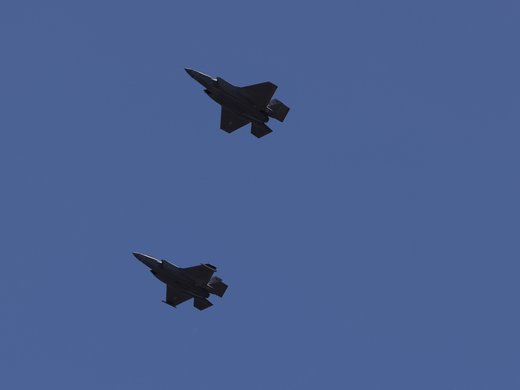Donald McCrae’s engaging opening remarks at the Canadian Council on International Law’s 2015 Annual Conference, on international law, chaos or coherence, are indicative of the complexity in conceptualizing, and the desirability of practising, an international law that is relevant to the domestic landscape.
This brief note reflects on the internationalization of intellectual property rights (IPR), made possible through the Uruguay Round of the World Trade Organization’s Trade Related Aspects of Intellectual Property Rights Agreement. Professor McCrae’ s talk addresses a critical point in the dynamics played out in the international law of intellectual property rights - the notion of structure in international law, and the effects of globalization on "glocalising" domestic law . The proliferation of regional and bilateral free trade agreements is a significant dynamic in the global intellectual property rights regime that impacts domestic law. It is now common for laws related to copyright, trademark protection, patent duration, and reciprocity in geographical indication (GIs) protection to be legally recognized in domestic law following the ratification of regional, bilateral and pluri-lateral trade agreements.
In this dynamic, it is arguable that both the processes of legal transposition and the operation of intellectual property right law in practice may lead to chaos, absent relevance of the law and governance structures, to ensure congruence between the right of IP holders and users of proprietary rights. The TPP is a pluri-lateral trade agreement that illustrates coherence between influential international actors on aspects of intellectual property rights. Coherence is illustrated in the decision to extend the copyright term of TPP member countries from life plus 50 years to life plus 70 years. The TPP also prioritizes trademark protection over geographical indications (GIs) rights, by limiting the scope of GI recognition in member states.
It is difficult if not impossible to comply with intellectual property rights law without some incidences of chaos. The nature of intangible rights in inventions, expressions and products, inherently means that because others are excluded from IP ownership, conflicts over the use of rights are likely to result. The challenge for national governments is how best to manage IP issues in a globalized political landscape, where conformity with intellectual property rules may be practically difficult to implement successfully in domestic law. Many developing countries have not dealt with this challenge well, and may not have recognized this as an issue at all. Instead, it is common for some jurisdictions to ratify intellectual property agreements pursuant to regional and bilateral free trade agreements, and include the IP provisions on their statute books, but fail to ever use the domestic legislation. Over the past 7 years, countries in Africa, the Pacific and the Caribbean have enacted geographical indications legislation pursuant to the Economic Partnership Agreement with the European Union. Up to now, however, many of these jurisdictions have not been able to take advantage of the legislation for domestic purposes. Rather, the legislation represents a mode of safeguarding the rights of EU geographical indication products. The increased presence of transnational forces in our globalized world means that it is inevitable that international intellectual property rights law will take on the domestic cloak of the dominant players’ perspectives on IPRs. The challenge in Canada’s intellectual property rights narrative is in projecting our domestic IPR rules as global models for the ‘international’. McCrae’s talk calls for self-reflexivity from international lawyers on how best to navigate the chaotic waters often present in intellectual property rights, while striving to find coherence between our domestic reality and international intellectual property obligations.


